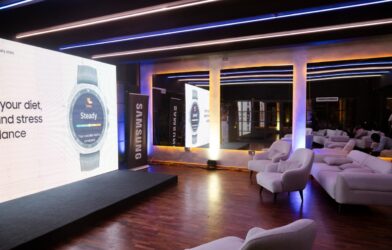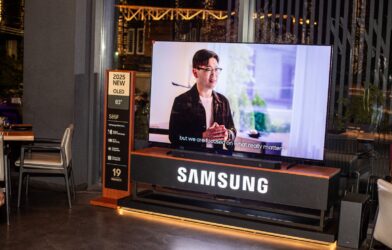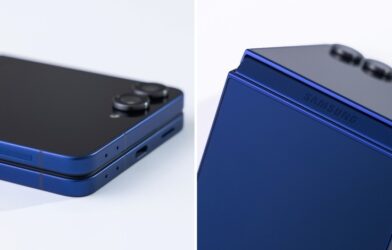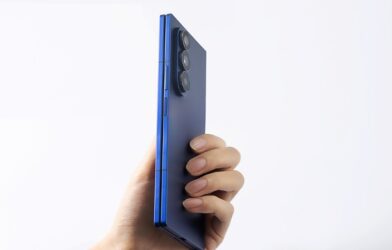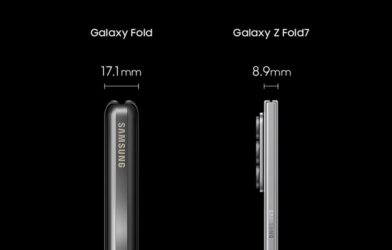Table of Contents
I have recently started liking the idea or concept of folding phones and It’s been two years since I last spoke about the Samsung Galaxy Fold, so let’s dive into the Galaxy Z Fold 6.
Design
After using the Z Fold 6 as my primary device for several weeks, I’ve noticed a significant improvement in its design and overall feel. It now resembles a regular phone that unfolds, rather than a completely separate product category. I appreciate the boxy design and the fact that the cover display’s aspect ratio is becoming more like a standard phone. The Enhanced Armor Aluminum and glass construction exudes a premium feel, although it can be a bit slippery, so a case is recommended.
Display
The screens on this device are truly impressive and are arguably one of its biggest selling points. The 6.3-inch AMOLED cover display with a 120Hz refresh rate and the 7.6-inch 120Hz inner display provide excellent color accuracy and a smooth user experience. Both displays get incredibly bright for outdoor use. I mainly use the larger inner display for gaming, watching movies, research, scripting, and general productivity tasks. The crease on the inner display is less noticeable compared to the Fold 4, which is a definite improvement.
Performance
Performance-wise, the Z Fold 6 has been flawless. I can play demanding games at maximum settings, multitask effortlessly, and even compress videos without experiencing any overheating or slowdowns. This is thanks to the Snapdragon 8 Gen 3 for Galaxy processor and 12GB of RAM, which is still remarkable to me. As expected from a flagship device, the performance is top-notch.
Battery
The battery life is solid, lasting me through most of the day despite heavy usage. While it supports 25W fast charging, a charging brick is not included in the box. With a compatible charger, it takes about 1 hour and 30 minutes to charge from 0 to 100%. On the plus side, it supports 15W wireless charging and 4.5W reverse wireless charging.
Software
The Z Fold 6 runs on One UI 6.1 based on Android 14, which includes fold-specific features like a taskbar for easy multitasking. You can drag and drop apps to open them side-by-side, with up to three apps running simultaneously. Apps seamlessly transition between screens when folded or unfolded, and certain apps offer additional controls in flex mode.
AI Features
Being a 2024 flagship, the Z Fold 6 boasts several AI features. Some of my favorites include the circle-to-search function, the transcription feature in the voice recorder, and sketch-to-image (which is more useful with the stylus). The new interpreter takes advantage of the multiple screens by displaying your language and the translated language on separate screens. The call assistant can translate phone calls in real-time, which is incredibly convenient. Most of these AI features can even work offline, although with limitations in accuracy and capabilities.
Camera
The cameras on the Z Fold 6 are excellent, capturing detailed images with accurate colors and impressive dynamic range. Skin tones are well-represented, and low-light performance is commendable. While the front-facing camera is decent, one of the perks of a folding phone is using the superior rear cameras for selfies. The inner screen also houses an under-display camera, which is adequate for video calls and meetings, even if it’s not as good as the other cameras.
Conclusion
Overall, I really like the Samsung Galaxy Z Fold 6. However, it’s not for everyone. If you’re in the market for a folding phone, I’d definitely recommend it. But if you already own the Fold 5, I’d suggest skipping this generation.

